Birthmarks are common skin irregularities that can appear anywhere on the body. While most birthmarks are harmless, some individuals seek removal for cosmetic reasons or medical concerns. With advancements in dermatology, there are now multiple options available for birthmark removal. In this guide, we will explore the different types of birthmarks, the various removal methods, and what to expect from the procedure.
Types of Birthmarks
Birthmarks can be broadly classified into two categories:
1. Vascular Birthmarks
These are caused by abnormal blood vessels under the skin. They can vary in size and shape, often appearing red, pink, or purple. Vascular birthmarks may be present at birth or develop shortly afterward. While many fade over time, others may persist or darken, prompting individuals to seek treatment. Some vascular birthmarks can also cause complications, depending on their size and location.
Vascular birthmarks result from the clustering of blood vessels, leading to a distinctive appearance on the skin. Although they are not harmful in most cases, their presence on visible areas, such as the face, may lead to self-consciousness. In some cases, these birthmarks can be associated with underlying medical conditions, making a dermatologist’s evaluation essential.
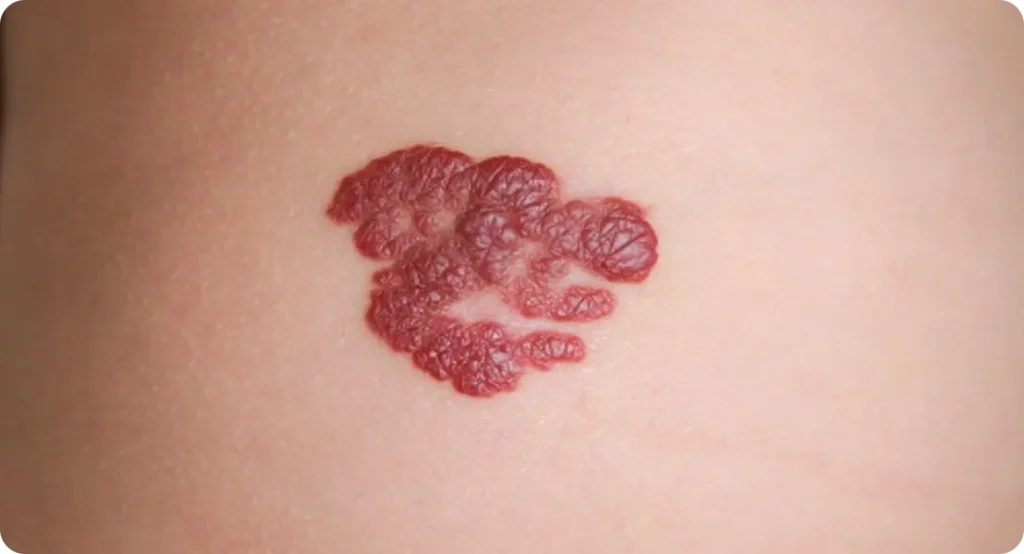
Many vascular birthmarks respond well to treatment, especially when addressed early. Advanced laser therapies can target the blood vessels causing discolouration, significantly reducing the appearance of these marks. Consulting a specialist can help determine the best course of action for treating vascular birthmarks effectively.
2. Port-Wine Stains – Dark red or purple marks that typically appear on the face or neck. Port-wine stains occur due to an overabundance of capillaries near the surface of the skin. Unlike some other vascular birthmarks, they do not fade naturally and often deepen in colour over time. These marks can sometimes thicken as a person ages, making early intervention a preferred option for many individuals seeking treatment.
The visibility of port-wine stains can sometimes impact an individual’s self-esteem, particularly when they appear in prominent areas such as the face. Because of this, many people opt for laser treatments to reduce their intensity. The procedure is designed to break down the blood vessels responsible for the mark without damaging the surrounding skin.
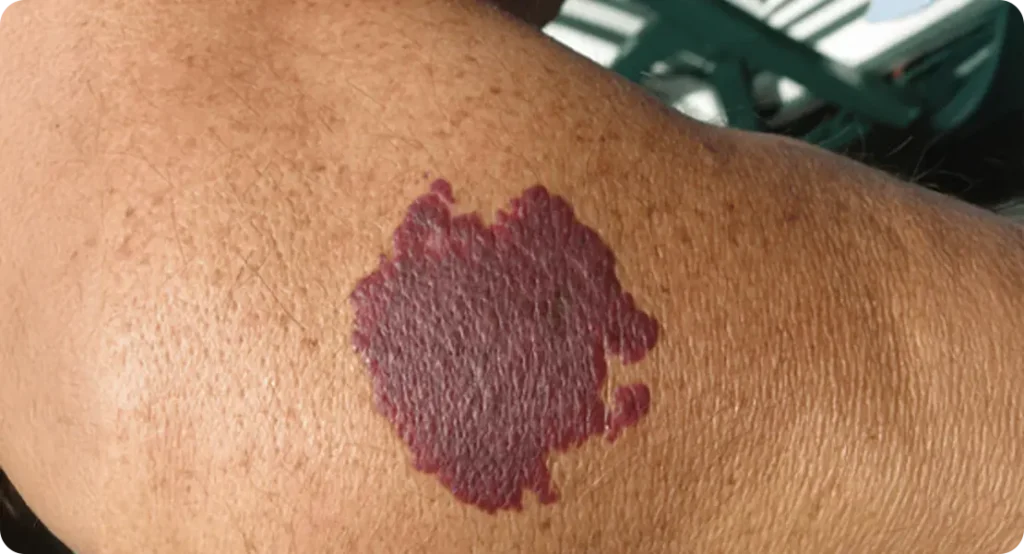
While laser therapy is a popular treatment, multiple sessions may be required to achieve the desired results. The success rate varies based on the size, location, and skin type of the individual. Post-treatment care, including sun protection and moisturisation, is crucial to achieving the best possible outcome.
3. Strawberry Haemangiomas – Raised, red growths that usually develop in infancy and may fade over time. Strawberry haemangiomas are benign growths caused by an overgrowth of blood vessels. They often appear within the first few weeks of life and tend to grow rapidly before gradually shrinking. While some disappear on their own, others may persist, particularly if they are large or located in sensitive areas like the eyelids or lips.
These birthmarks are generally harmless, but they can sometimes cause complications depending on their location. If they obstruct vision, breathing, or other essential functions, medical intervention may be necessary. In such cases, treatments like laser therapy or medication may be recommended to accelerate shrinkage.
Parents of infants with strawberry haemangiomas may choose to monitor their growth before deciding on removal. While most resolve without treatment, some children may benefit from early intervention to prevent future complications. A dermatologist can provide guidance on whether treatment is necessary based on the haemangioma’s size and progression.
4. Salmon Patches – Light red or pink patches, often found on the forehead, eyelids, or nape of the neck. Salmon patches, sometimes referred to as “angel kisses” or “stork bites,” are mild vascular birthmarks that appear in newborns. They are caused by dilated blood vessels beneath the skin and are usually more noticeable when a baby cries or becomes warm. These marks are common and tend to fade as the child grows.
Unlike other vascular birthmarks, salmon patches rarely require treatment. They often become less prominent over time, especially those found on the face. In some cases, patches on the nape of the neck may persist into adulthood but are typically covered by hair, making them less of a concern.
If removal is desired, laser therapy can help lighten salmon patches. However, given their harmless nature, most doctors recommend observation rather than immediate intervention. Parents and individuals concerned about these birthmarks should consult a dermatologist for advice on available treatment options.
Birthmark Removal Methods
Depending on the type, size, and location of the birthmark, different removal techniques may be recommended:
Laser Therapy
Laser treatment is one of the most effective methods for removing birthmarks, especially vascular ones like port-wine stains. The laser targets the abnormal blood vessels or excess pigment, gradually fading the mark over multiple sessions. It is a non-invasive option with minimal downtime.
The procedure involves directing concentrated beams of light at the birthmark, breaking down the pigment or blood vessels within the skin. Different types of lasers, such as pulsed dye lasers and Q-switched lasers, are used based on the nature of the birthmark. Most patients experience mild discomfort during the session, often likened to a snapping sensation on the skin.
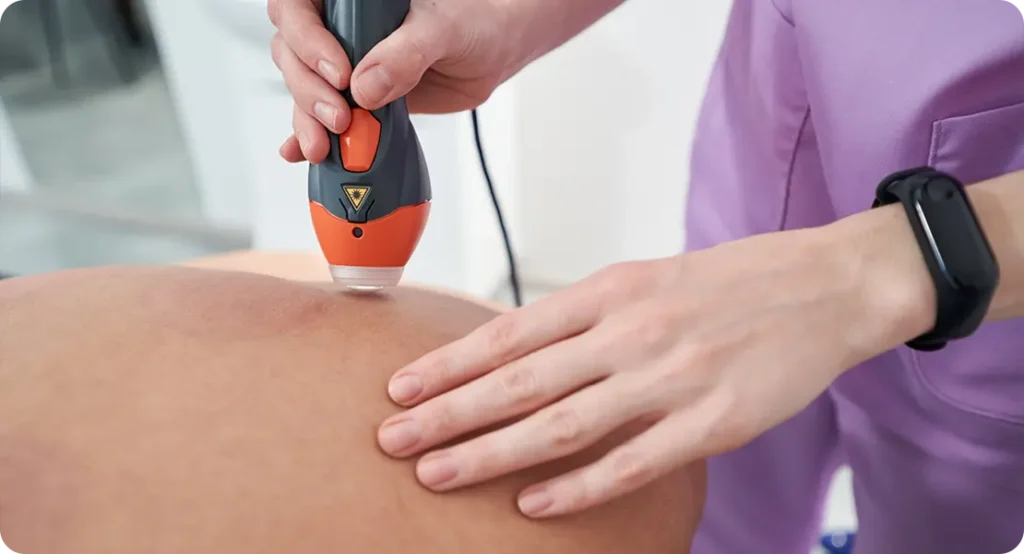
Laser therapy is generally safe, but side effects such as redness, swelling, and temporary skin lightening may occur. The number of sessions required depends on the size and depth of the birthmark. While some marks fade significantly, complete removal is not always guaranteed, particularly for larger or deeper birthmarks.
Post-treatment care is crucial for optimal results. Patients are usually advised to avoid sun exposure and use high-SPF sunscreen to protect the treated area. Hydrating the skin and following aftercare instructions provided by the dermatologist can enhance healing and reduce the risk of complications.
Surgical Excision
For raised or large birthmarks, especially congenital moles, surgical removal may be necessary. The procedure involves cutting out the birthmark and stitching the skin. While effective, this method may leave a small scar, depending on the size and location of the birthmark.
Surgical excision is typically performed under local anaesthesia, although larger birthmarks may require general anaesthesia. The surgeon carefully removes the affected skin and sutures the wound to promote healing. In cases where the birthmark is extensive, a skin graft may be needed to cover the treated area.
The recovery process varies depending on the extent of the surgery. Patients may experience mild discomfort, swelling, or redness around the treated area. Proper wound care is essential to prevent infections and minimise scarring. Dermatologists often recommend silicone gel sheets or scar creams to improve the appearance of the healed area.
While surgical excision provides permanent results, it may not be suitable for all types of birthmarks. The procedure is generally recommended for moles or raised lesions that pose a medical concern or those that significantly impact appearance. A thorough consultation with a dermatologist or plastic surgeon is necessary before proceeding with surgery.
Cryotherapy
Cryotherapy involves freezing the birthmark using liquid nitrogen. This method is more commonly used for small pigmented marks and may require multiple sessions.
During the procedure, liquid nitrogen is applied directly to the birthmark, causing the cells to freeze and eventually fall off. This technique is commonly used for superficial pigmented birthmarks and is a quick, minimally invasive treatment. However, it may not be suitable for large or deep birthmarks.
Patients may experience a mild stinging sensation during the application of liquid nitrogen. After treatment, the skin may blister or scab before healing. The area usually recovers within a few weeks, with minimal scarring in most cases. However, some individuals may experience temporary skin discolouration.
Cryotherapy is a cost-effective and efficient treatment, but results vary depending on the birthmark’s depth and location. A dermatologist can assess whether this method is appropriate based on individual skin characteristics and birthmark type. Multiple sessions may be required for optimal results.
Chemical Peels
Certain pigmented birthmarks can be treated with chemical peels that remove the top layers of skin, promoting new skin growth. This method is typically used for superficial marks and requires repeated treatments.
Chemical peels involve the application of an acid-based solution to exfoliate the skin, lightening the appearance of pigmented birthmarks over time. Commonly used acids include glycolic acid, trichloroacetic acid (TCA), and salicylic acid, depending on the depth of the pigmentation.
The procedure may cause a mild tingling or burning sensation during application, but discomfort is usually minimal. Patients may experience redness, peeling, or slight sensitivity in the treated area, which subsides within a few days. Sunscreen use is essential after treatment to prevent hyperpigmentation.
Multiple sessions are typically needed to achieve significant lightening of the birthmark. While chemical peels can be effective for mild pigmentation issues, deeper birthmarks may require alternative treatments like laser therapy. A consultation with a dermatologist helps determine the best approach.
Topical Medications
Some birthmarks, such as small café-au-lait spots, may be lightened with prescribed topical creams. However, this method is less effective compared to other removal techniques.
Topical treatments often include skin-lightening agents such as hydroquinone, retinoids, or corticosteroids. These ingredients work by reducing melanin production and promoting skin cell turnover. While they can help lighten certain pigmented birthmarks, results are gradual and may take months to become noticeable.
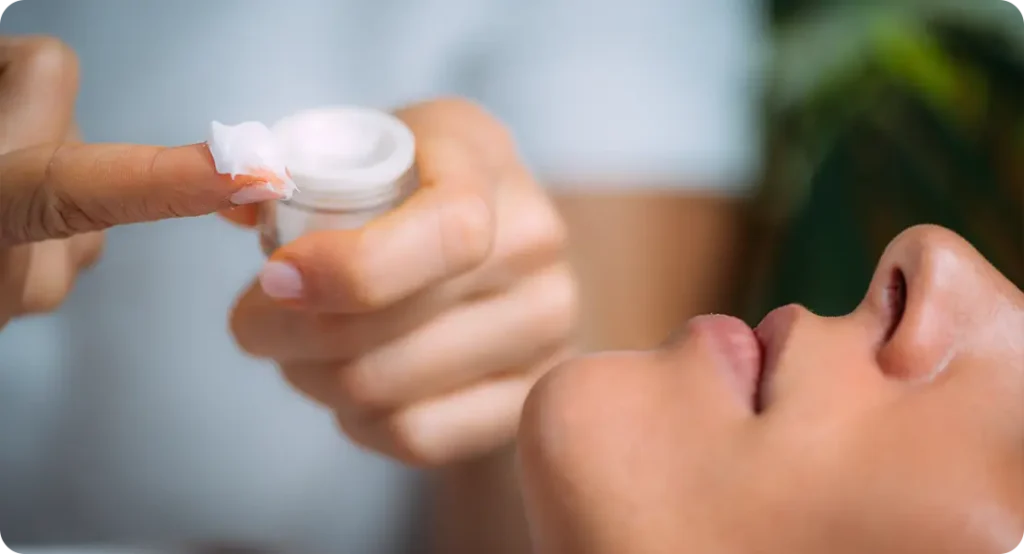
One of the key advantages of topical medications is that they are non-invasive and can be used at home. However, prolonged use of some skin-lightening agents can cause side effects such as skin irritation, redness, or uneven pigmentation. Regular monitoring by a dermatologist is recommended to ensure safe and effective use.
Topical treatments are usually recommended for individuals seeking a subtle improvement rather than complete removal. For more pronounced birthmarks, combination treatments involving lasers or chemical peels may yield better results. A dermatologist can provide personalised recommendations based on skin type and birthmark characteristics.
Can I Have Birthmark Removal Anywhere?
Birthmark removal is possible on almost any part of the body, but the feasibility and effectiveness of treatment depend on the location, type, and size of the birthmark. Areas with thicker skin, such as the arms, legs, and back, typically respond well to most treatments, including laser therapy and surgical excision. However, birthmarks on sensitive areas, such as the face or eyelids, require more precision and expertise to ensure successful results without damaging delicate skin.
For birthmarks located near mucous membranes, joints, or highly mobile areas like the hands and feet, removal can be more complex. These areas may require specialised techniques to minimise scarring and preserve natural movement. Consulting a dermatologist is essential to determine the best method for removal in these challenging locations, ensuring both safety and aesthetic outcomes.
Is Birthmark Removal Painful?
The level of discomfort experienced during birthmark removal varies depending on the procedure used and the individual’s pain tolerance. Laser therapy, for example, is often described as feeling like a snapping sensation against the skin, similar to a rubber band. While it may cause mild discomfort, numbing creams or cooling techniques are typically used to minimise pain. For more invasive procedures such as surgical excision, local or general anaesthesia is administered to prevent pain during the procedure.
After treatment, patients may experience mild soreness, redness, or swelling, depending on the method used. These side effects are usually temporary and can be managed with pain relievers or post-treatment care. In most cases, discomfort is minimal, and the benefits of birthmark removal outweigh any short-lived pain. Discussing pain management options with a dermatologist before treatment can help ensure a more comfortable experience.
Final Thoughts
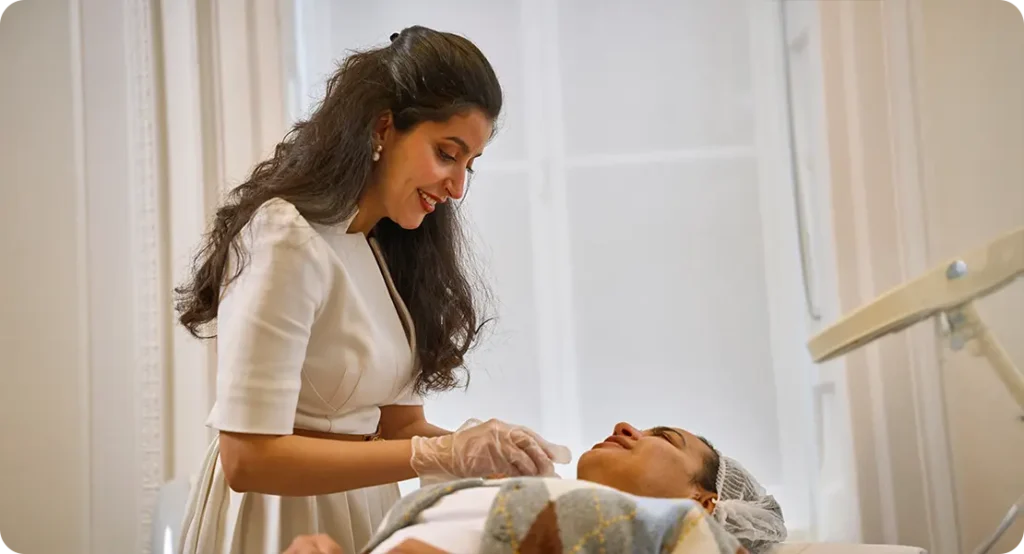
For those considering birthmark removal, seeking expert advice ensures a tailored approach that minimises risks and maximises results. Each treatment method has unique benefits and potential side effects, which a dermatologist can explain in detail. If you have a birthmark that concerns you, whether for cosmetic reasons or medical evaluation, The London Dermatology Centre offers expert consultations with highly experienced dermatologists. Contact us today to schedule an appointment and receive personalised advice on the best course of action for your skin. With modern dermatological treatments, it is possible to significantly reduce or completely remove birthmarks with minimal risk. Consulting a specialist will help determine the best approach based on individual needs and skin type.
